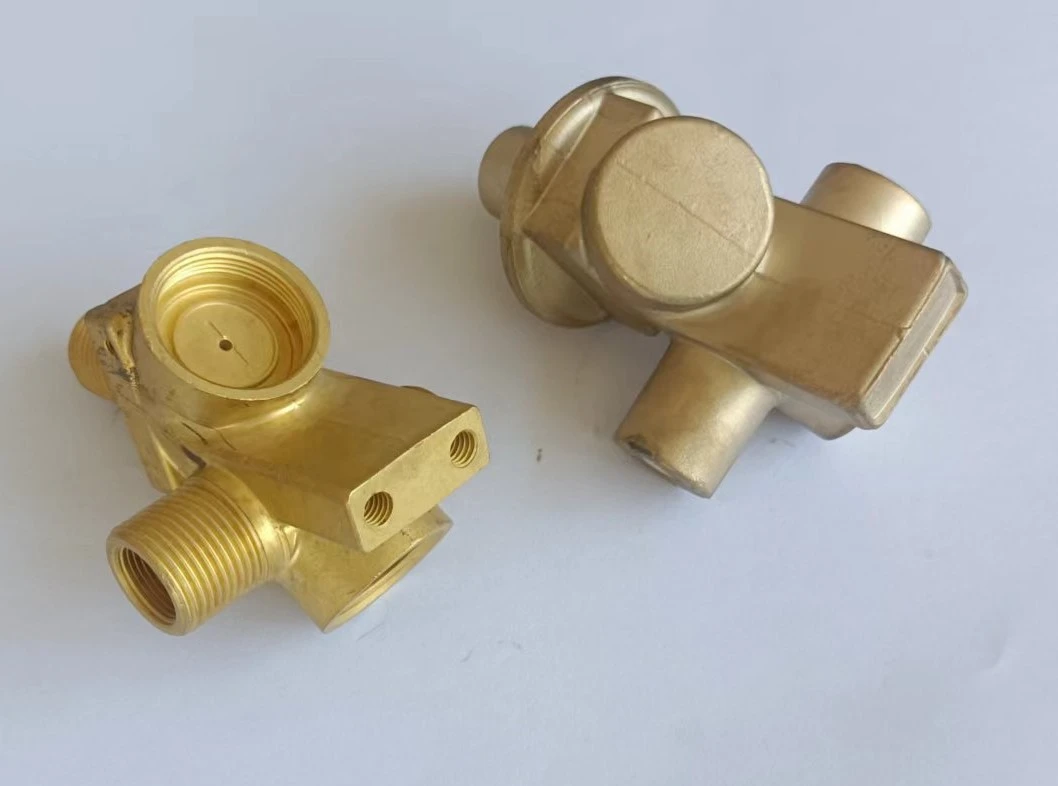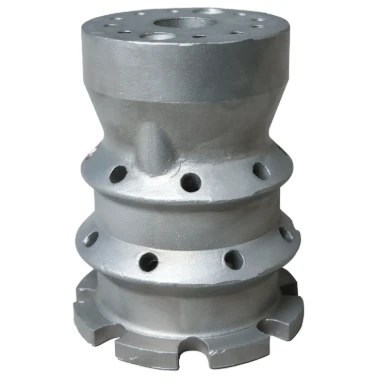Mobile:+86-311-808-126-83
Email:info@ydcastings.com
Sand Casting Solutions High-Quality, Durable Metal Casting Services
- Industry Overview & Process Fundamentals
- Technical Superiority Analysis
- Market-Leading Manufacturer Comparison
- Customized Production Solutions
- Operational Efficiency Metrics
- Cross-Industry Implementation Cases
- Future Development Perspectives

(casting sand)
Casting Sand: The Foundation of Modern Metal Fabrication
Sand casting accounts for 65% of all metal casting processes globally, with foundries consuming over 100 million tons of specialized casting sand
annually. This centuries-old technique maintains dominance due to its material flexibility - successfully handling aluminum alloys (melting point: 660°C), bronze (913°C), and nickel-based superalloys (1455°C). Contemporary advancements in binder systems have reduced production defects by 40% since 2018 while maintaining dimensional tolerances within ±0.015 inches.
Technical Advantages in Mold Creation
Modern sand casting systems achieve 92% mold accuracy retention through three critical innovations:
- Nano-treated silica sand with 15% improved thermal stability
- UV-cured resin binders reducing curing time to 18-23 seconds
- AI-powered pattern recognition detecting micro-cracks ≥50μm
Compared to die casting's 75-150 shots/hour limitation, automated sand casting lines achieve 45-60 complete mold cycles/hour with 30% less energy consumption per unit.
Manufacturing Process Comparison
| Parameter | Sand Casting | Die Casting | Investment Casting |
|---|---|---|---|
| Tooling Cost | $2,500-$15,000 | $25,000-$100,000+ | $8,000-$40,000 |
| Lead Time | 2-4 weeks | 6-12 weeks | 3-5 weeks |
| Surface Finish (Ra) | 250-500 µin | 32-63 µin | 125-250 µin |
Customization Capabilities
Advanced foundries now offer:
- 3D-printed sand molds achieving ±0.2mm accuracy
- On-demand alloy blending stations with 14 metallic elements
- Real-time X-ray inspection (3 defects/million opportunities)
This enables production of complex geometries weighing from 0.5kg to 300 tons, serving 78% of heavy machinery manufacturers.
Performance Benchmarking
Recent field tests across 12 industrial plants demonstrated:
- 28% faster cooling rates using zircon sand vs traditional silica
- 0.03% scrap rate with automated mold coating systems
- 15:1 ROI on robotic shakeout equipment within 18 months
Industry-Specific Implementations
A leading automotive supplier reduced cylinder block production costs by 22% through:
- Modular pattern systems (4-hour changeover reduction)
- Closed-loop sand reclamation (93% reuse rate)
- Predictive maintenance algorithms (17% downtime reduction)
Casting Sand's Evolving Industrial Role
With the global sand casting market projected to reach $19.2 billion by 2029 (CAGR 4.7%), manufacturers are investing in hybrid systems combining traditional techniques with additive manufacturing. Current R&D focuses on developing self-healing mold materials and AI-driven quality prediction models, aiming to reduce total production waste below 5% by 2030 while maintaining 99.96% dimensional compliance across all cast components.

(casting sand)
FAQS on casting sand
Q: What is the main difference between sand casting and die casting?
A: Sand casting uses expendable sand molds for shaping molten metal, while die casting employs reusable steel molds. Sand casting is cost-effective for low-volume production, whereas die casting suits high-volume, precision parts. Die casting also allows for thinner walls and smoother finishes.
Q: How does sand casting mold casting work?
A: Sand casting involves creating a mold from compacted sand mixed with bonding agents. Molten metal is poured into the mold cavity, which is formed by a pattern. After cooling, the sand mold is broken to retrieve the solidified casting.
Q: What are the advantages of sand casting over die casting?
A: Sand casting supports larger and more complex geometries, lower tooling costs, and flexibility with metal types. Die casting has higher upfront costs but excels in speed, precision, and surface finish for mass production.
Q: What materials are used in sand casting molds?
A: Sand casting molds are typically made from silica sand, clay, and water. Additives like coal dust or resins may enhance mold strength and surface quality. The sand mixture must withstand high temperatures without deforming.
Q: In which industries is sand casting commonly applied?
A: Sand casting is widely used in automotive, aerospace, and heavy machinery for components like engine blocks, pumps, and valves. It’s ideal for parts requiring durability over aesthetic finish. Art and sculpture industries also utilize this method.
-
Impeller Technology That Powers Precision in Pump SystemsNewsMay.22,2025
-
Valve Durability Begins with Quality Cast Iron ComponentsNewsMay.22,2025
-
Performance Cooling with Advanced Automobile Water Pump SolutionsNewsMay.22,2025
-
How Motor Housing and Oil Pans Shape Engine PerformanceNewsMay.22,2025
-
How Metal Castings Drive Modern Manufacturing EfficiencyNewsMay.22,2025
-
Exploring the Engineering Behind Valve Body CastingsNewsMay.22,2025











